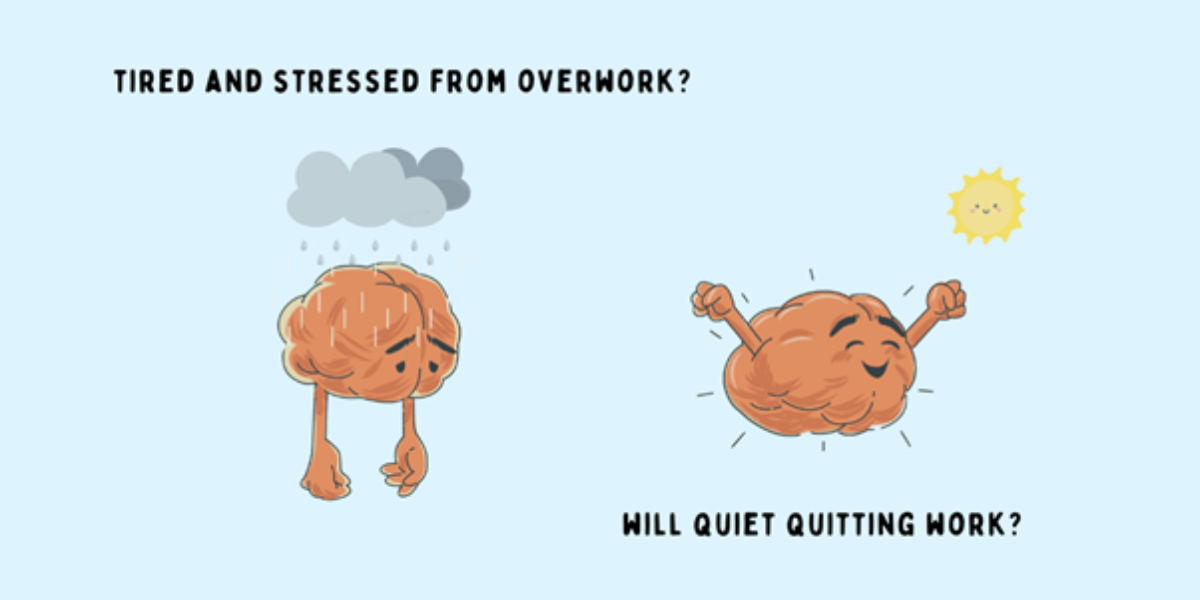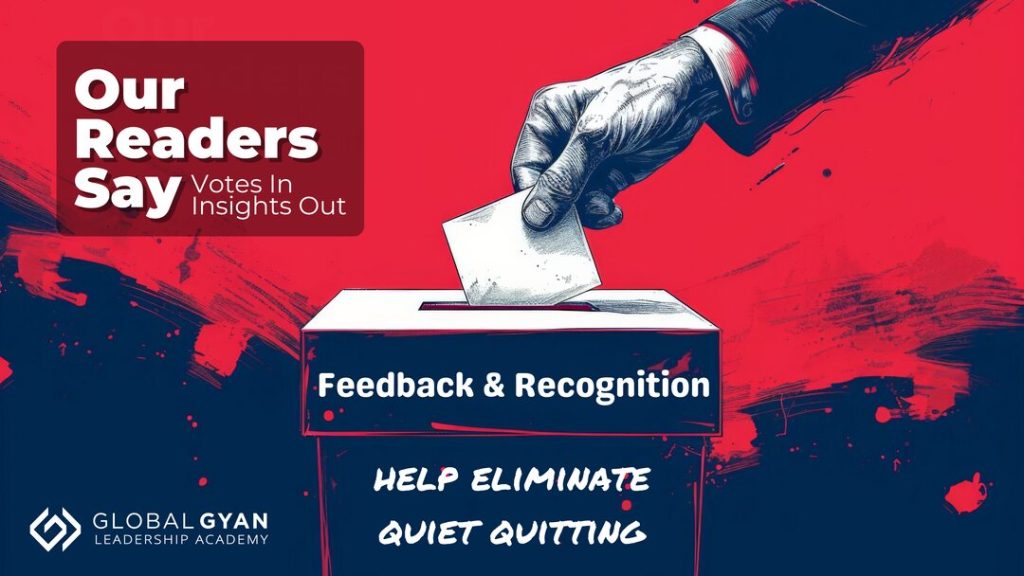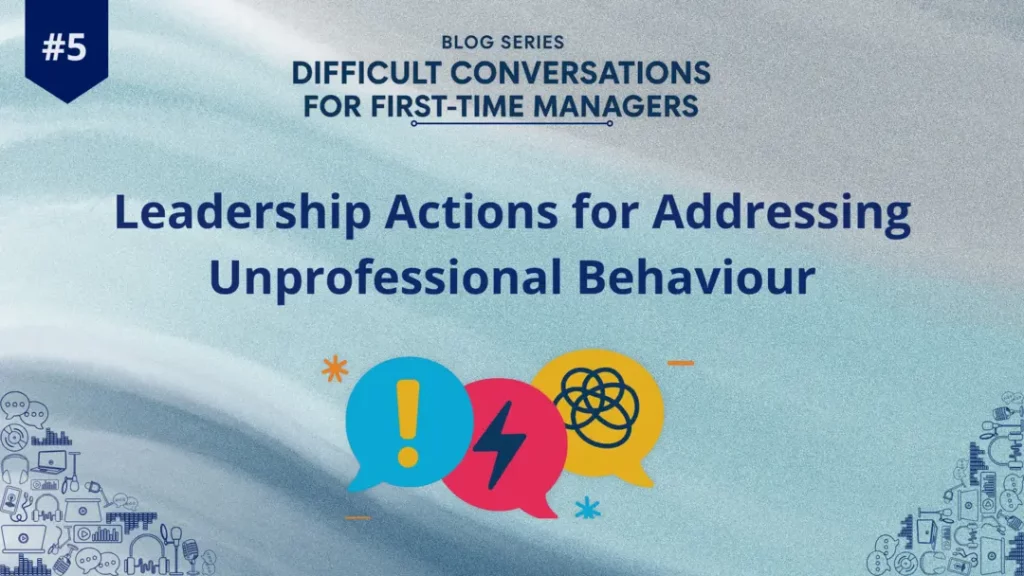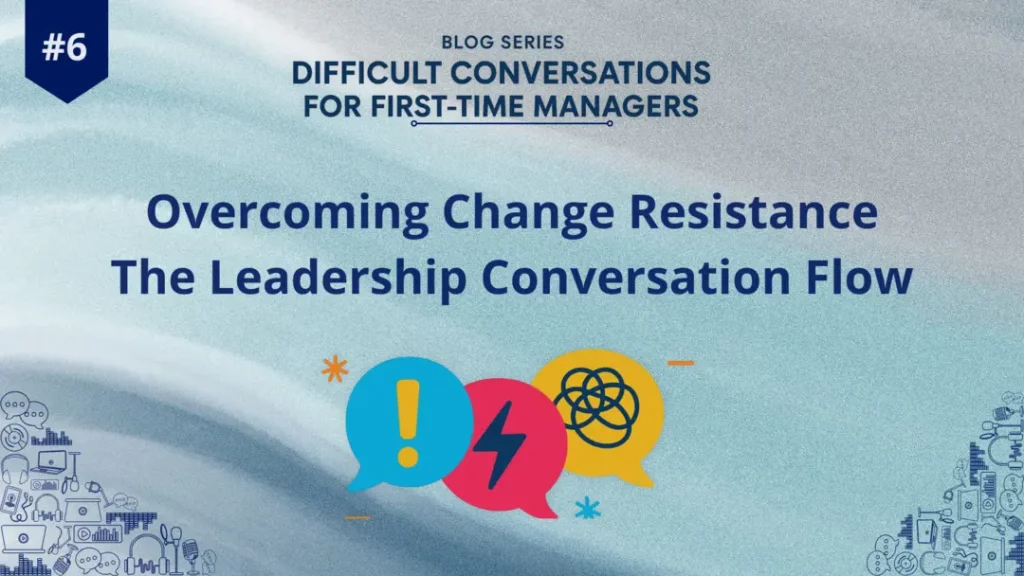How To Manage Quiet Quitters to bring on their A-Game


Many employers argue that losing employees who want to leave is difficult, but having them not quit is even worse, as their averseness to not go the extra mile often increases the burden on their colleagues to take on extra work instead.
In this article we will cover:
- Everything you need to know about quiet quitting
- What is quiet quitting
- How to break the phenomena of Quiet Quitting
- Build trust and know what your employees enjoy doing
- Often give rewards and recognition
- The well-being of employees should be a goal of the business
- Acknowledge the extra request
- Stop being vague – define high-performance metrics
- Engage regularly with feedback conversations
Everything you need to know
The TikTok-derived term “Quiet Quitting” is becoming increasingly popular among the management community. This mostly seems popular among younger workers.
It is important to address the term by knowing what it is, the reason behind it, and also how an organization can move above this phenomenon.
What is Quiet Quitting?
Before finding solutions, it is important to understand “what is quiet quitting?”. Quiet quitting refers to workers who do not do more than a job description i.e putting in no more time, effort or enthusiasm than is absolutely necessary.
This might seem valid. But the real problem arises when the employee is not looking forward to working more for their personal as well as the organization’s growth. Putting in that one extra effort is very important, especially for many companies, a workforce that is willing to go beyond the call of duty is a critical competitive advantage

Is Quiet Quitting a Real Trend?
Several factors contribute to workers’ quiet quits, including the fact that they are working to support themselves. It is also common for employees to quit quietly as a result of poor management. Employees who have been isolated and neglected will usually quit, protecting themselves from the negative emotions they may be experiencing. While few feel that employers are demanding additional effort from workers without investing in them enough in return in terms of well-being, career success, and social capital.
How to break the phenomena of Quiet Quitting?
Build Trust And Know What Your Employees Enjoy Doing
A happy and engaged workforce is more productive and efficient. Consider carving out time to sit with your employees and learn about their interests, strengths, and goals. Basis their competencies assign meaningful work to them, reinforce your trust in them, engage with them frequently and acknowledge their contributions and efforts. You will witness that the motivation of employees will improve when they work on meaningful projects that also provide satisfaction. If you support your people by caring about who they are, how they feel, and where they want to develop, that will not only build the trust for them to share when they’re struggling and need tighter boundaries but also engage them to go the extra mile.
Often Give Rewards And Recognition
The Reward Gateway study found that 43% of employees felt undervalued or overlooked, and another 40% felt idle. Oftentimes, it is just as simple as saying well done for a job that makes employees happy.
Let your employees know when they have done great work, demonstrated reliability, or made their life easier. You can take advantage of sharing instant positive nudges, frequent performance-led feedback, and mentoring and experience your company’s culture transformed.
People often quit quietly because they are burned out. Hence leaders must recognize the signs and take preventive measures.
The Well-Being Of Employees Should Be A Goal Of The Business
For your organization to engage and retain employees, employee well-being must become a top priority. You should not simply gallup survey your employees about their work satisfaction but also examine the result.
A flexible work schedule, the ability to work from home, or the availability of time-out spaces are some examples. There is no way you can accommodate every request your employees make. However, is there a prevailing request that would increase your employees’ well-being at work?
Acknowledge the “Extra” Request.
Many people are quitting quietly due to discontent with consistently working extra hours and completing tasks outside of their job descriptions without being rewarded. Refrain from a one-sided relationship.
A busy-season performance cannot be sustained forever by your team as an employer. An organization cannot operate at full capacity throughout the year.
There is, unfortunately, no way to guarantee a constant, unchanging workload in the business world.
The possibility of overtime is inevitable. Ask your employees to take on additional responsibilities from time to time.
The “what” and “why” of the extra work or time should be clearly stated when you ask an employee to work overtime.
It is important to keep “extra” requests infrequent and transparent in order to prevent your employees from feeling taken advantage of. Rather than making extra work feel automatic and unrecognized, acknowledge that you are asking for something “extra” to assist you. This indicates respect for their schedule. Team leads should be mindful to manage the employer-employee relationship as one in which both have important needs to be acknowledged, regarded, and negotiated.
Stop being vague – define High-Performance Metrics
Leaders can set specific criteria for high performance and hold employees accountable to those metrics, rather than just stating an expectation of going “over and above.” Also, ensure the goals are realistic and achievable to avoid demoralising and unnecessary burnout. This way, employees know exactly what is expected from them. Everyone benefits from the clarity of this process and is more likely to excel.
Engage regularly with Feedback Conversations
Clearly communicate what you expect from your team members and hold regular conversations about their performance. This will increase the chances of people being engaged in their jobs if they know what is expected from them, know how they are performing, and feel as though their contribution is valued by you. To increase employee engagement, you should ensure that organizational priorities and individual performance standards are well-aligned.
Final Thoughts
In reality, managing quiet quitters is no different than managing regular employees.
While on the surface, quiet quitting may seem less disruptive it can be even more damaging to organizations in the long run. To address this challenge, leaders should focus on motivating employees to bring in their best, listen to workers’ unique needs, and create cultures that are thriving and are built on ownership. Most importantly build trust with employees by being honest about the expectations with measurable goals bundled with a regular feedback mechanism to help them stay on course and achieve the shared goals.
GlobalGyan specialises in being enablers for organizations to create a high-performance workforce by building industry-relevant leadership skillsets and mindsets to help individuals and organisations move to the next level of growth







